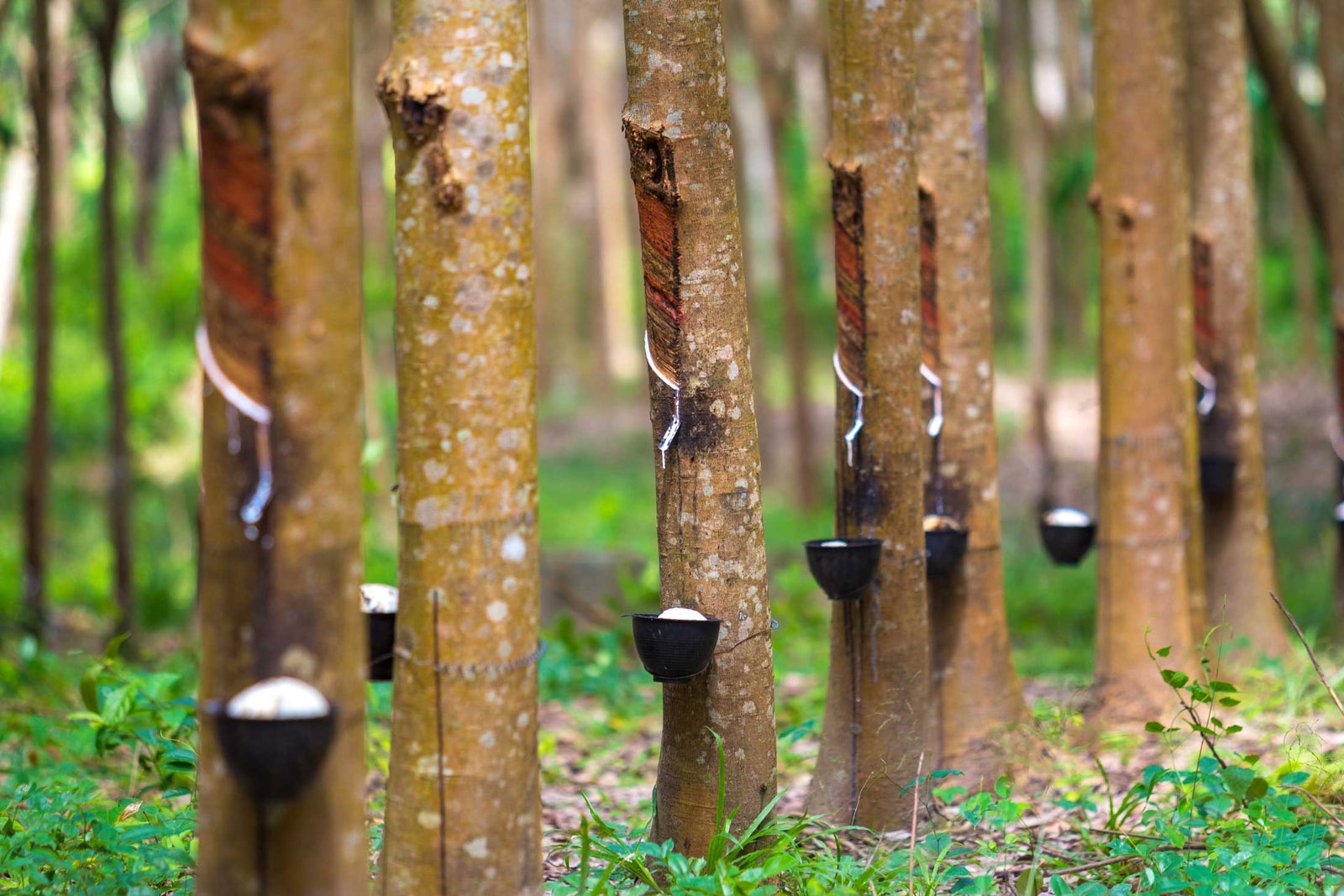FREE Shipping Australia Wide · On Orders $100+
FREE Shipping Australia Wide · On Orders $100+
FREE Shipping Australia Wide · On Orders $100+
FREE Shipping Australia Wide · On Orders $100+
Add description, images, menus and links to your mega menu
A column with no settings can be used as a spacer
Link to your collections, sales and even external links
Add up to five columns
Add description, images, menus and links to your mega menu
A column with no settings can be used as a spacer
Link to your collections, sales and even external links
Add up to five columns

March 23, 2024 3 min read
Rubber gumboots, revered for their waterproof prowess and stylish allure, undergo a meticulous manufacturing process that seamlessly blends traditional craftsmanship with innovative techniques. Beyond the conventional methods, the recent inclusion of the injection mold method has further revolutionized gumboot production. In this exploration, we embark on an in-depth journey to unravel the intricate process of making rubber gumboots, incorporating both time-honored practices and the cutting-edge injection mold method.
I. Raw Materials:
At the heart of every rubber gumboot lies the selection of quality raw materials. Natural rubber, extracted from latex sourced predominantly from rubber trees, undergoes a series of processing steps like coagulation and drying. In parallel, synthetic rubber, derived from petrochemicals, is incorporated to enhance the boots' durability and flexibility.
II. Rubber Compounding:
The rubber is then subjected to the compounding process, where it is blended with various additives, including accelerators, antioxidants, plasticizers, and color pigments. This meticulous mixture ensures the final gumboots exhibit specific characteristics tailored to their intended use – be it for industrial, agricultural, or fashion purposes.
III. Vulcanization:
Critical to the creation of resilient and flexible rubber products, vulcanization occurs next. The rubber compound, now molded into the desired boot shape, undergoes exposure to heat and pressure. The addition of sulfur during this phase forms cross-links between polymer chains, imparting strength, elasticity, and heat resistance to the rubber.
IV. Boot Design and Molding:
Crafting the design of the gumboot is a pivotal aspect influencing both its aesthetic appeal and functionality. Modern manufacturing, integrating computer-aided design (CAD), ensures precision and intricacy in creating molds that give rise to the desired style and size of the gumboot. The injection mold method, a contemporary addition, further refines this stage, offering enhanced efficiency and accuracy in creating complex patterns.
V. Injection Mold Method:
Incorporating the injection mold method, a cutting-edge technique, marks a significant evolution in gumboot production. This method involves injecting molten rubber directly into the boot mold under high pressure. This ensures a uniform and detailed result, reducing material wastage and streamlining the manufacturing process. The injection mold method is particularly advantageous for creating intricate designs and patterns with unparalleled precision.
VI. Cutting and Assembly:
Following the molding process, excess material is trimmed, and the boots undergo assembly. Various components are added according to the design, such as reinforcing bands for added strength, fabric linings for comfort, and insoles for support. This assembly process may combine both manual and automated techniques to ensure each pair meets the highest quality standards.
VII. Quality Control:
Quality control remains paramount in gumboot production, regardless of the manufacturing method employed. Rigorous inspection checks for imperfections, dimensional accuracy, and waterproofing are conducted. This stringent quality control guarantees that only boots meeting exacting standards are introduced to the market, ensuring customer satisfaction and safety.
VIII. Finishing Touches:
Post quality control, the gumboots undergo finishing touches to enhance their appearance. Polishing, buffing, and the addition of final details such as brand logos contribute to the overall visual appeal of the boots.
IX. Packaging and Distribution:
The final step involves carefully packaging the gumboots for distribution. Packaging materials are chosen to safeguard the boots during transit and storage, with an emphasis on environmental sustainability in contemporary practices.
The intricate process of making rubber gumboots, now enhanced by the injection mold method, reflects a harmonious blend of craftsmanship and innovation. From raw materials to finishing touches, each step in the manufacturing journey plays a pivotal role in producing gumboots that embody both durability and style. As the industry embraces modern techniques, the injection mold method stands as a testament to the continual evolution of gumboot production, ensuring these iconic pieces of footwear remain resilient and fashionable in the face of changing times.
Sign up to get the latest on sales, new releases and more …